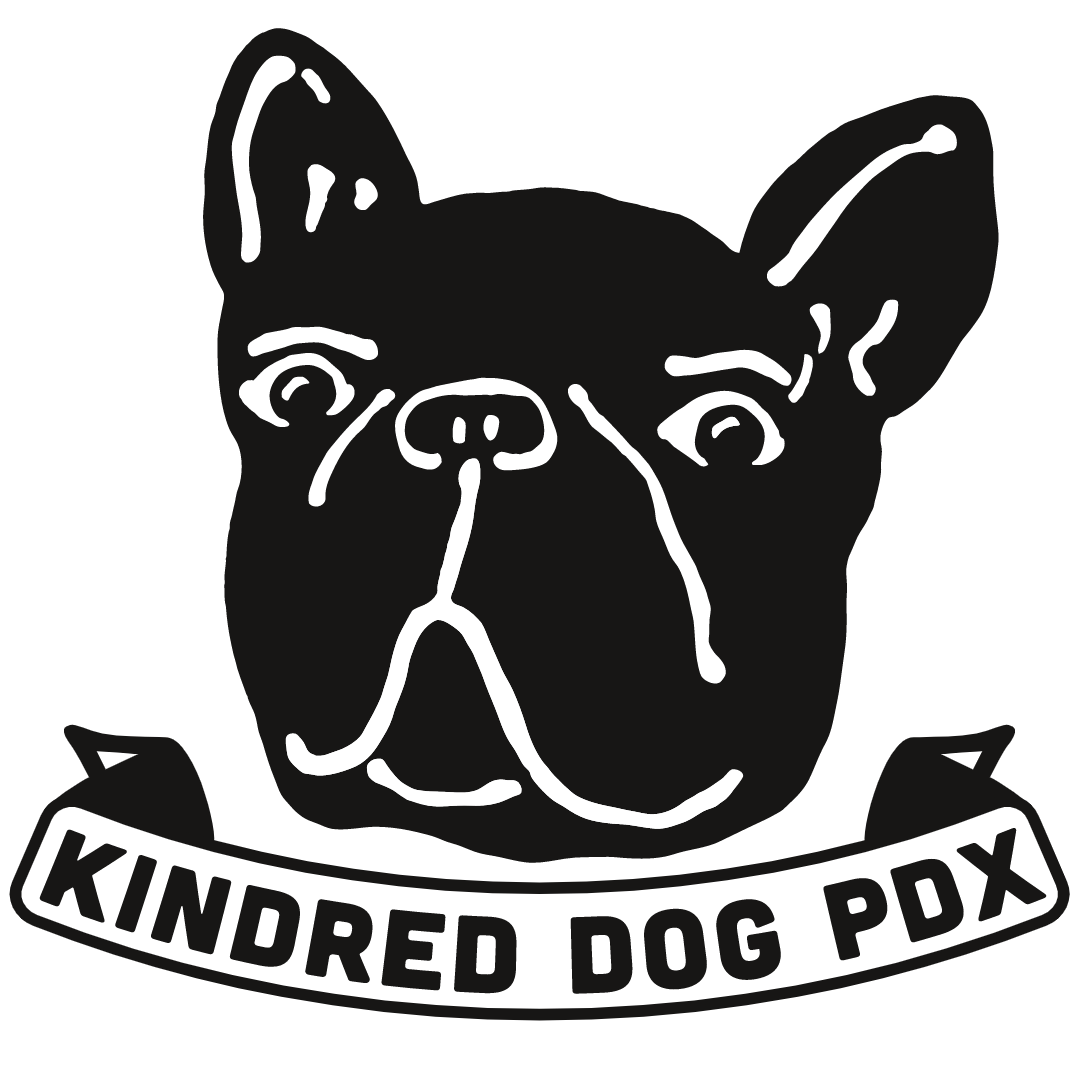Dog Reactive to Other Dogs.
Reactivity in dogs is one of the major issues dog owners face.
This reactivity can rear its head in different ways, such as reactivity towards other dogs. This reactive behavior can also cause distress to everyone around your dog. Your dog may bark, growl, or lunge, and in some cases, your dog may even try to bite. This entire situation can be very challenging and can make it difficult to walk your dog. If you are going through this situation with your dog, you may want to read this entire article. We will delve into what makes your dog reactive and how to work with a reactive dog.
Why is your dog reactive to other dogs?
Before you can help your dog to not be reactive to other dogs, you have to understand why they are acting the way they are. Most times, the reason behind the reactiveness isn't even negative. It may just be that your dog is unable to navigate the social cues of the other dogs. Here are some reasons why your dog is reactive to other dogs.
Excitement.
Your dog may just be excited and want to greet other dogs. To you, your dog is reactive and acting out by straining on the leash and barking. To the dog, they are simply very excited to see another furry friend. What usually causes this action is when you do not teach your dog to act properly around other dogs.
For dogs, reinforced behavior is seen as the norm. If your dog's only socialization with other dogs is through a leash, they may start seeing it as the norm. So, when you are walking with the dog, and your dog sees another dog, the first reaction of your dog may be to say hi. When you don't allow your dog to go, it can start acting aggressively.
Frustration.
As humans, we know this feeling all too well. Frustration can make you lash out even when you don't mean to. For dogs, the same emotion is possible. Now, you may be asking yourself what could make your dog frustrated. Well, a lot.
Firstly, your dog could be annoyed that another dog is invading their space. When this happens, your dog can lash out. Also, the reason for the frustration could be because your dog has become accustomed to greeting every person and dog and they see and when they can’t, thee frustration can make your dog reactive.
Pain.
Some aggressive behaviors you see your dog display around other dogs may not even be related to the other party. Sometimes, your dog can experience pain, making them much more irritable. Therefore, your dog will lash out at minor inconveniences.
The problem with this is that you may be thinking that when the pain goes, the dog starts acting right. Wrong. Sometimes, your dog may then start associating a particular dog that was around them with the pain. This is why when your dog starts acting erratic all of a sudden, you may need to check if the dog is in pain.
Territorial.
Some dogs may act aggressively simply because they are territorial. This is normally seen in guarding breeds. Your dog may feel the need to protect you, your home or even their food. This need can be a result of the fear and anxiety of strangers but also a deeper relationship issue with you.
Territorial behaviors can rear it's ugly head through aggressive barking, growling and lunging. Lack of socialization with other dogs can cause this. Also, for people that adopt stray dogs or dogs at shelters, this attitude can be a result of past trauma. Therefore, it is important that your dog feels safe around you and your home.
Now the next question you should ask yourself is, how do you help these dogs?
So, how can you help your reactive dog?
Often times it is hard to figure out why your dog is acting this. We can’t really ask them why they are doing this. Because of this, it is important that we take a look at our whole dogs day. We need to understand that reactive behavior does not exist in a vacuum. It is the symptom of an underlying issue. Where else do they practice reactive and impulsive behavior?
Create a routine.
A good way to keep your dog grounded is by giving them a routine and structure. We may not know this, but dogs already know our routine. They know when we are preparing food. They know when it is time for bed and even when we are working.
So, when your dog starts acting out, and showing signs of fear and anxiety, you must create a very helpful routine. This routine should include activities your dog will like, such as walks, obedience training, calm time, games. Ultimately, the goal here is to give your dog a sense of that you have things under control and predicability to ground them.
Get help from an expert.
As much as we love our dogs, our judgment and capabilities may not be enough to help them. So, you can hire a trainer to help you deal with the reactive dog training. A professional would understand all the nuances of dog psychology and how to find the cause of the problem and fix it.
This way, your chances of a better-behaved dog increase.

